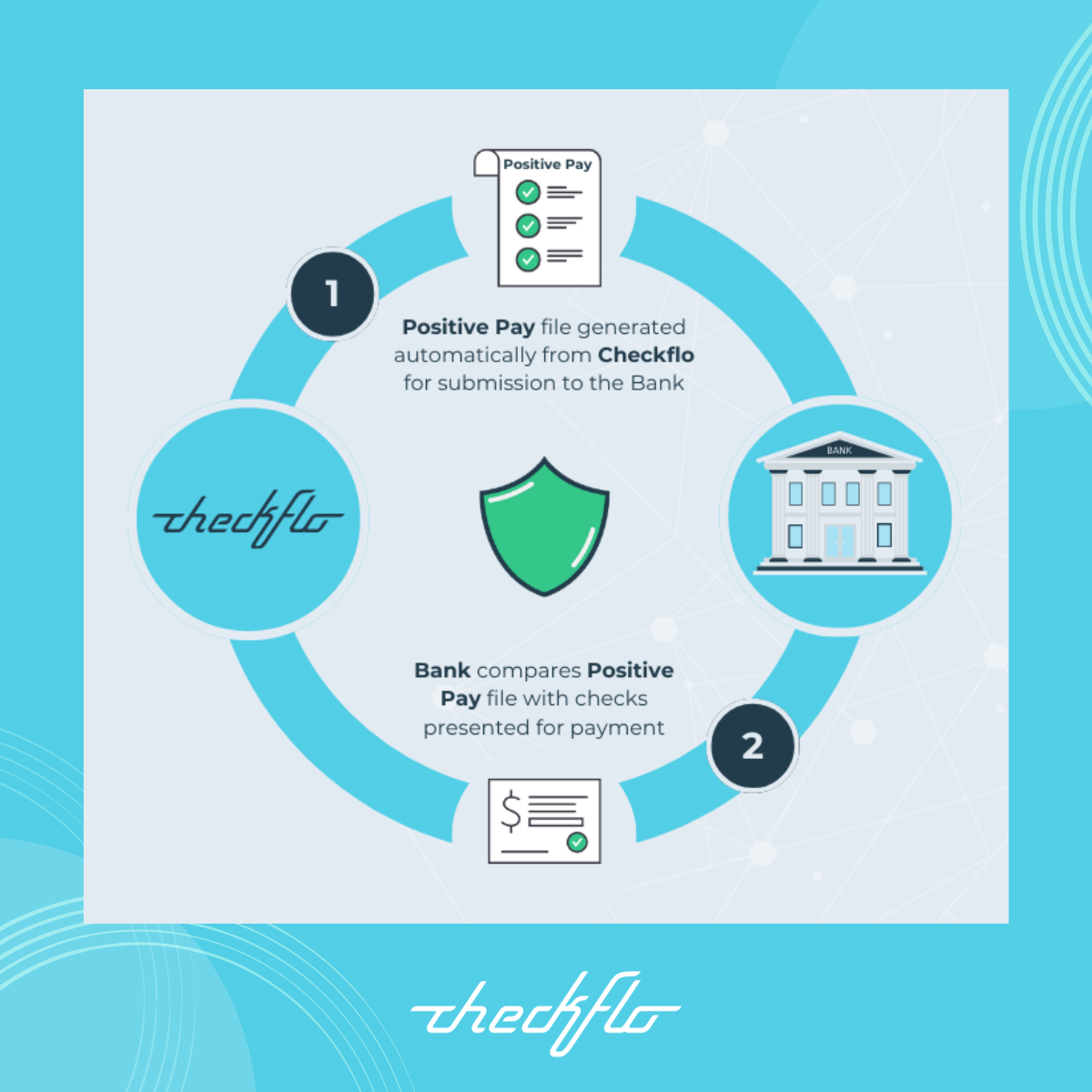Despite taking measures to prevent fraud, Jeremy and Sarah Wiswell, who run a small business in Toledo, faced a major issue with check fraud. They had issued a check for $395 to a vendor, only to find out the next day that the amount had been fraudulently altered to $27,395.
The Wiswells were enrolled in a service called Reverse Positive Pay with their bank, which requires businesses to review and approve checks within a specific daily timeframe. Unfortunately, they missed this critical review window, leading to the processing of the altered check without their knowledge.
What is Reverse Positive Pay?
Reverse Positive Pay is a fraud mitigation service increasingly offered by U.S. banks as a tool against check fraud. This service reverses the traditional Positive Pay mechanism. Instead of businesses reporting their issued checks to the bank, the bank reports checks presented for payment to the business. It empowers businesses to review and decide on the payment of each check, enhancing control over fraudulent, altered, or counterfeit checks.
How Does It Work?
Each day, the bank posts a report of all checks presented for payment to the business’s online or digital banking platform. This report is comprehensive, including crucial details such as the check number, dollar amount, and digital images of the checks. Businesses have a specified daily timeframe to review these items and communicate their decision to pay or return each check to the bank. This process allows for the early detection and prevention of potential check fraud.
What is the Default Decision for Reverse Positive Pay?
If a business does not review and respond to the presented checks before the cut-off time, typically by the end of the business day, the default decision is usually to process the check as normal. This aspect of Reverse Positive Pay is critical, as it shifts the responsibility for identifying and reporting any suspicious or fraudulent checks from the bank to the business.
Positive Pay vs Reverse Positive Pay
Three distinct types of Positive Pay services play a pivotal role in financial fraud prevention: Positive Pay, Payee Positive Pay, and Reverse Positive Pay. Each service offers unique mechanisms and levels of security, tailored to meet various business requirements. Understanding these differences is crucial for determining the most suitable service for your business. Let’s begin with a comparison table that outlines the key features of each type.
Positive Pay Comparison Table:
| Feature/Aspect | Positive Pay | Payee Positive Pay | Reverse Positive Pay |
| Basic Mechanism |
Business sends a list of issued checks to the bank. |
Similar to Positive Pay, but also includes payee’s name. |
Bank sends a list of presented checks to business for verification. |
| Main Focus |
Check number, account number, amount. |
Check number, account number, amount, payee name. |
Business’s approval for each check presented. |
| Pros |
-Reduces basic fraud risk. – Automated verification by bank. |
– Higher security level– Targets payee name alteration fraud |
Direct control for the company over check clearance.– Suitable for businesses with lower check volumes. |
| Cons |
Less effective against payee name alterations. |
– More resource-intensive-Potentially more expensive |
Time-intensive for the company.– Missed reviews can lead to automatic clearance of fraudulent checks.– Shifts liability from bank to company. |
| Best Suited For |
Businesses seeking balance between security and convenience. |
Businesses dealing with high check volumes or concerned about payee fraud. |
Smaller businesses with the capacity to review checks daily, but comes with increased risk and liability. |
Payee Positive Pay from Checkflo
By opting to automate check payments through Checkflo, businesses not only enhance the efficiency of their payment systems but also significantly boost their security. Each check issued online is accompanied by detailed record-keeping, an essential element in fraud prevention. A standout feature of Checkflo is the automatically generated Payee Positive Pay. This convenient and reliable security measure helps businesses further strengthen their fraud protection efforts.
How to create positive pay file
The process of utilizing Checkflo’s Payee Positive Pay is streamlined for efficiency. Businesses simply choose their bank and specify the time range, and Checkflo generates a comprehensive list of checks issued during that period, complete with detailed payee information. This file can be quickly downloaded and sent to the bank, facilitating an efficient and secure verification process.
In conclusion, Checkflo’s Payee Positive Pay service is an invaluable tool for businesses seeking to augment their check transaction security. Its combination of detailed record-keeping, ease of use, and cost-free accessibility makes it an ideal choice for businesses aiming to enhance their payment processes while maintaining stringent security measures.

